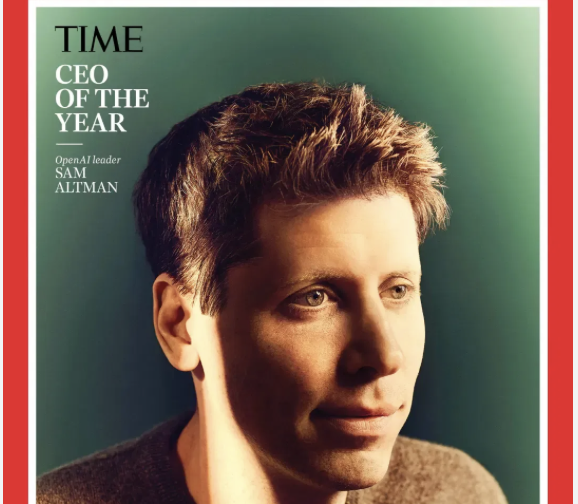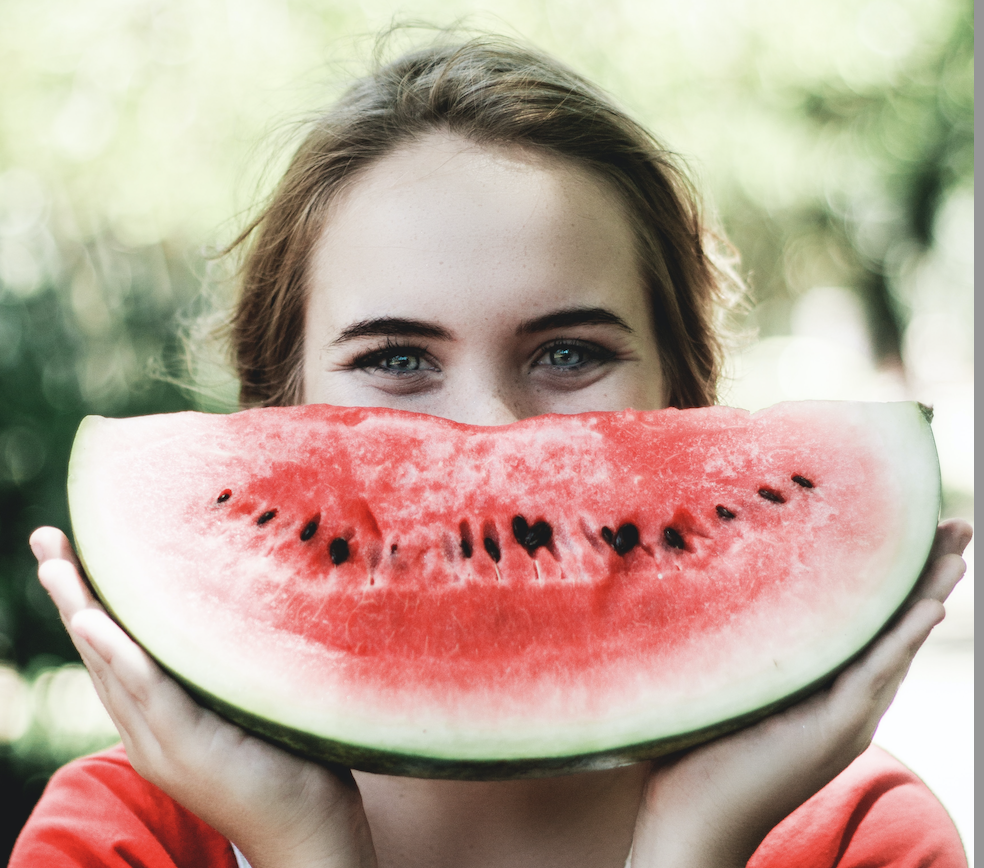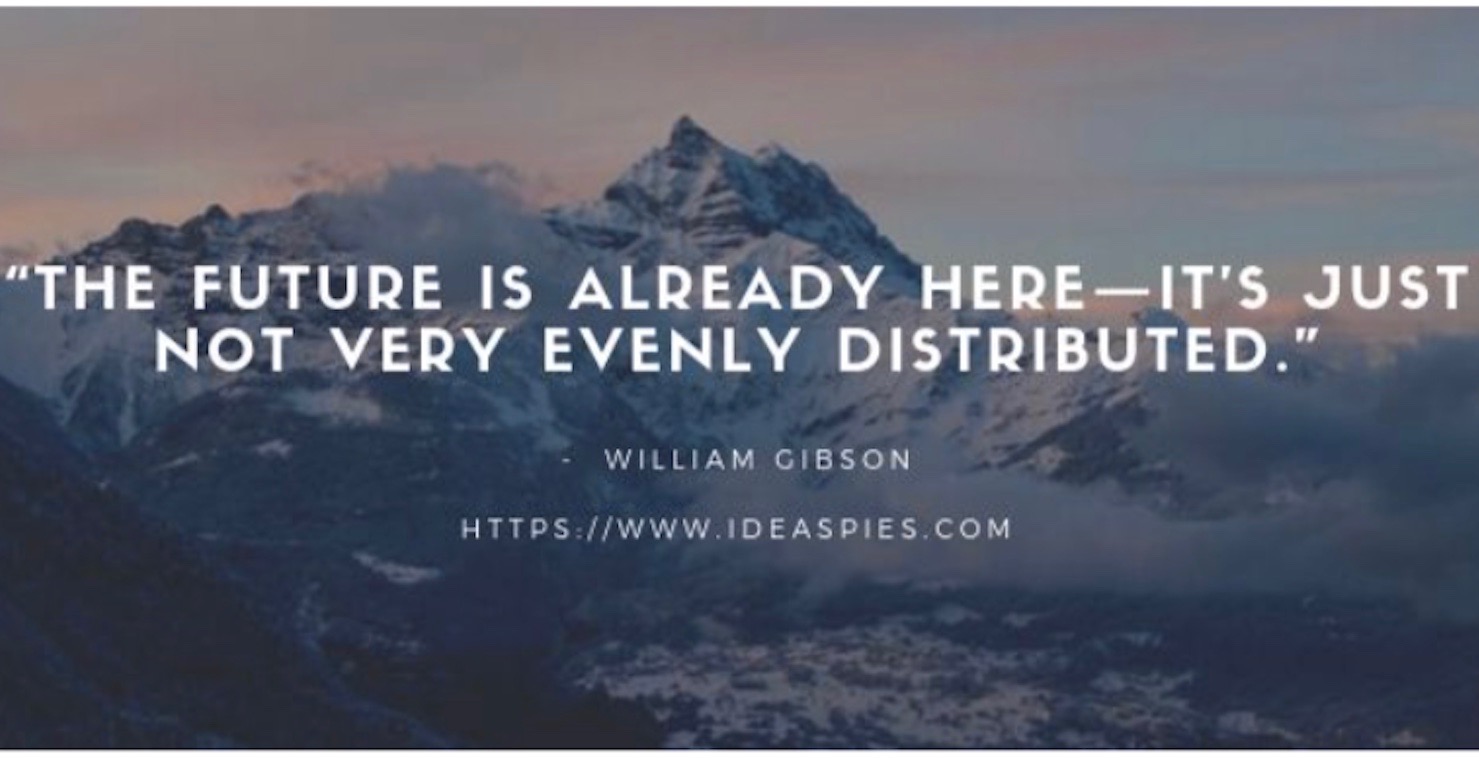It's time to make a stand against the weight of negativity and develop our positivity muscles.
As we monitor our social media feeds there’s no shortage of news to make us feel bad and sad. Doomscrolling has become almost compulsive.
At IdeaSpies, we have been on our mission to share ideas that do good for the past five years. It's often a Sisyphean effort, as we know the media is naturally wired for events where things go wrong rather than right.
Last year I wrote that, aside from the global transmission of a terrible virus, we were dealing with another pandemic - the spread of negative news. I outlined the causes and how to change your diet to avoid it. It was republished recently by Let's Rethink this in New York.
Steven Pinker, a professor of psychology at Harvard University wrote on Politico of the need for us to correct for the media’s negativity bias.
“Journalism has a built-in bias toward the negative, because bad things are sudden and newsworthy (a shooting rampage, a war, an epidemic), while good things are gradual and boring. He notes this cynicism “is ratified by the “radical oppositionality” of many intellectuals.”
It's compounded as “most positive developments are not camera-friendly, and they aren’t built in a day”.
While dystopian visions of the world are possible futures, we can and must also imagine a future for humanity that’s positive, to encourage the animal spirits and innovation that drives recovery. A positive vision inspires us to continue to contribute to human progress and feel that success is possible.
It’s time to make a stand and we now have a name for it. Instead of doomscrolling, we need to think of cheerscrolling. Thanks to Marcus Gordon, our IdeaSpies Inclusion Editor, the Urban Dictionary has added cheerscrolling which is defined as ”the flip-side to doomscrolling”.
“Instead of scrolling through your news and social media clicking on feeds that upset you or you get mad about….you instead spend your time looking through content on sites that provide positive content that makes you feel cheerful instead,” it says.
So what makes a positive news story? For that, Gordon points to the work of US media academics Karen McIntyre and Rhonda Gibson, in 2016 who said positive news makes readers feel good and a “silver lining” to negative news can attract audiences.
Interestingly, when it comes to personal news, we’re more likely to share the positive news we have with others than our negative news, which psychologists Shelley Gable and Harry Reis (2010) termed ‘capitalization’.
Benefits linked to capitalization include increased positive emotions, subjective well-being, and self-esteem, decreased loneliness, and relationship benefits of satisfaction, intimacy, commitment, trust, liking, closeness, and stability.
Positive stories, no matter how big or small, can affect our wellbeing. Therefore, ditching, or, at least, decreasing your exposure to negative news for positive news, will support your feelings of wellbeing.
It’s an important time to remember that we have this capacity in our control. Trust expert Rachel Botsman, writing on LinkedIn recently asked, Are you giving your attention to the right things? She recalled the work of 19th century philosopher and founding father of modern psychology, William James. His powerful idea, “is utterly relevant today: My experience is what I agree to attend to,” she wrote. That concept made her rethink attention – as something intentional. “Attention is our main resource. What we attend to shapes the experience we have.”
So what can you do? There are plenty of places to start. You can take the advice in Marcus Gordon’s article and try #cheerscrolling. You can join IdeaSpies to post ideas and receive our weekly newsletter. There’s David Byrne’s Reasons to be Cheerful, Sabra Lane’s The Bright Side. Rachel Botsman’s Rethink with Rachel and Adam Grant’s Granted. They’re a few of mine. I’d love to hear of more from you and let’s get on with building on positivism.
by Lynn Wood
Founder and Chief Idea Spy
IdeaSpies
lynn.wood@IdeaSpies.com



 Marcus Gordon
Marcus Gordon


